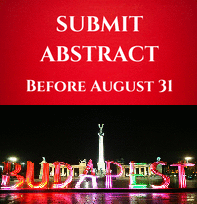
Marco Picichè
San Camillo-Forlanini Hospital, Italy
Title: The hypothesis of enhancement of noncoronary collateral myocardial blood flow and endovascular internal mammary artery occlusion in refractory angina: A new research field
Biography
Biography: Marco Picichè
Abstract
Noncoronary collateral myocardial myocardial blood flow (NCCMBF) or noncoronary collateral circulation (NCCC) is a virtually ignored topic. Few studies have been published to date and we still know little of its nature and almost nothing of its potential benefits in clinical applications. It consists of a micro-vascular network arising from mediastinal, esophageal, bronchial, and intercostal arteries. Blood reaches the myocardium through small channels connected with aortic and pulmonary artery vasa vasorum, and with channels located within the pericardial reflections surrounding the pulmonary and systemic veins. Some phenomena suggest the existence of alternative ways for blood to reach the heart, for no other easy explanation exists. For example, during aortic valve surgery, arterial blood can be seen to flow out from the coronary ostia, while during coronary surgery blood may flow out from the incised coronary artery, despite adequate venting and correct aortic cross-clamping. It is not even rare for patients to show an ejection fraction equal to or greater than 55%, despite occlusion of the right coronary artery and sub-occlusion of the left main artery. It has been demonstrated that collateral branches of the internal thoracic arteries (ITAs) are a source of NCCMBF. In fact, connections exists between ITAs and native coronary arteries both in living patients and cadavers. One study demonstrated these connections by postmortem angiography in 12% of cases. Furthermore, several examples show the potential of the ITAs for developing collateral vessels spontaneously in the presence of an ischemic stimulus. Currently, not all patients suffering from ischemic heart disease benefit from conventional myocardial revascularization techniques; and it is in this context that the concept of ITA occlusion has been promoted again since 2010. May NNCMBF represent a valuable alternative source of myocardial blood supply for no-option patients? Herein, the nature and hypothetical benefits of NCCMBF are discussed.

